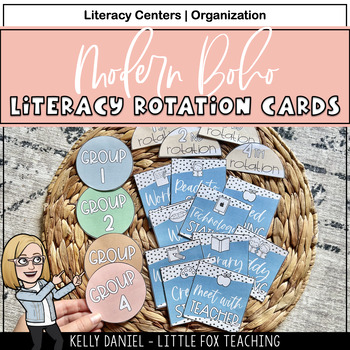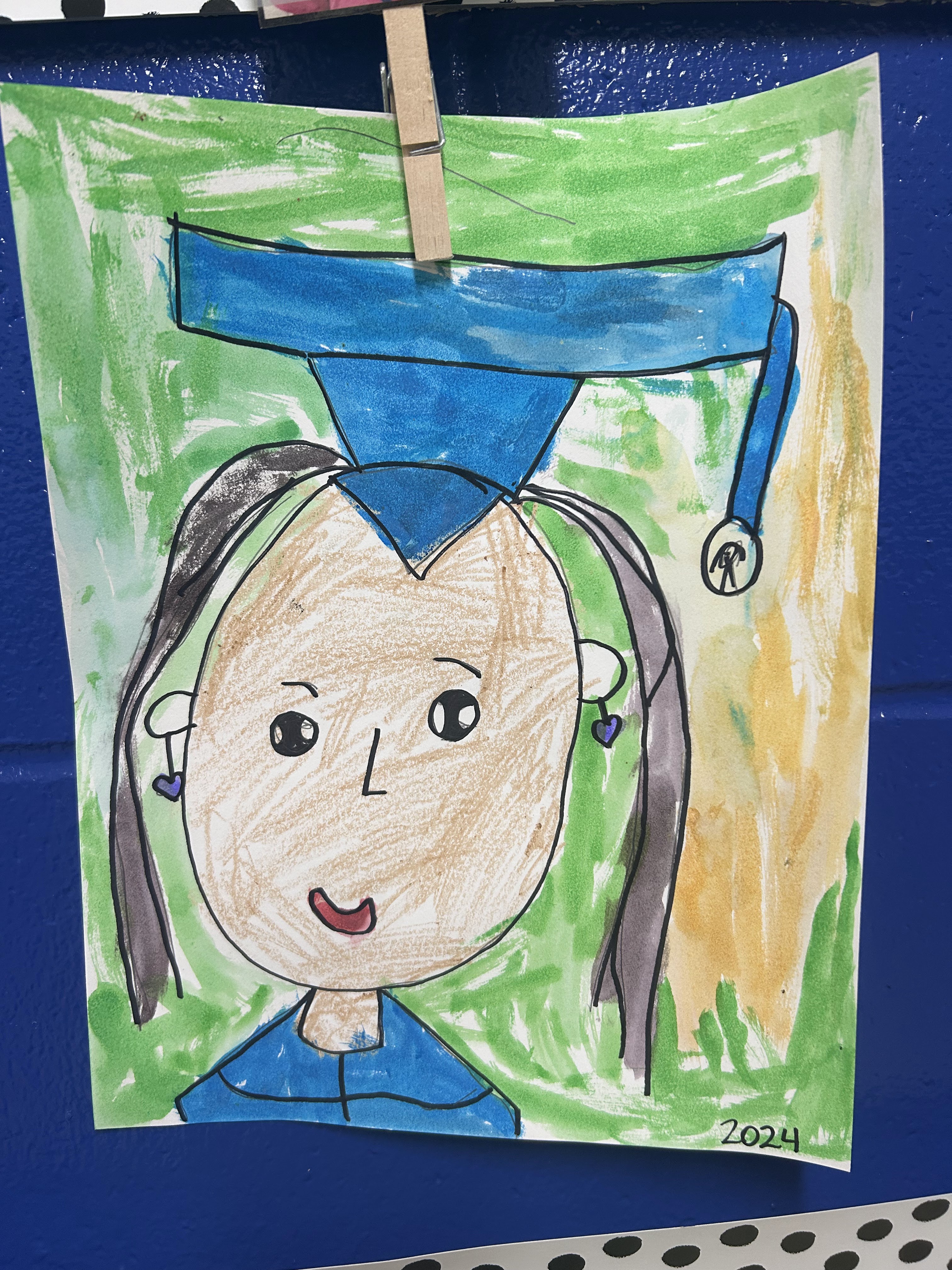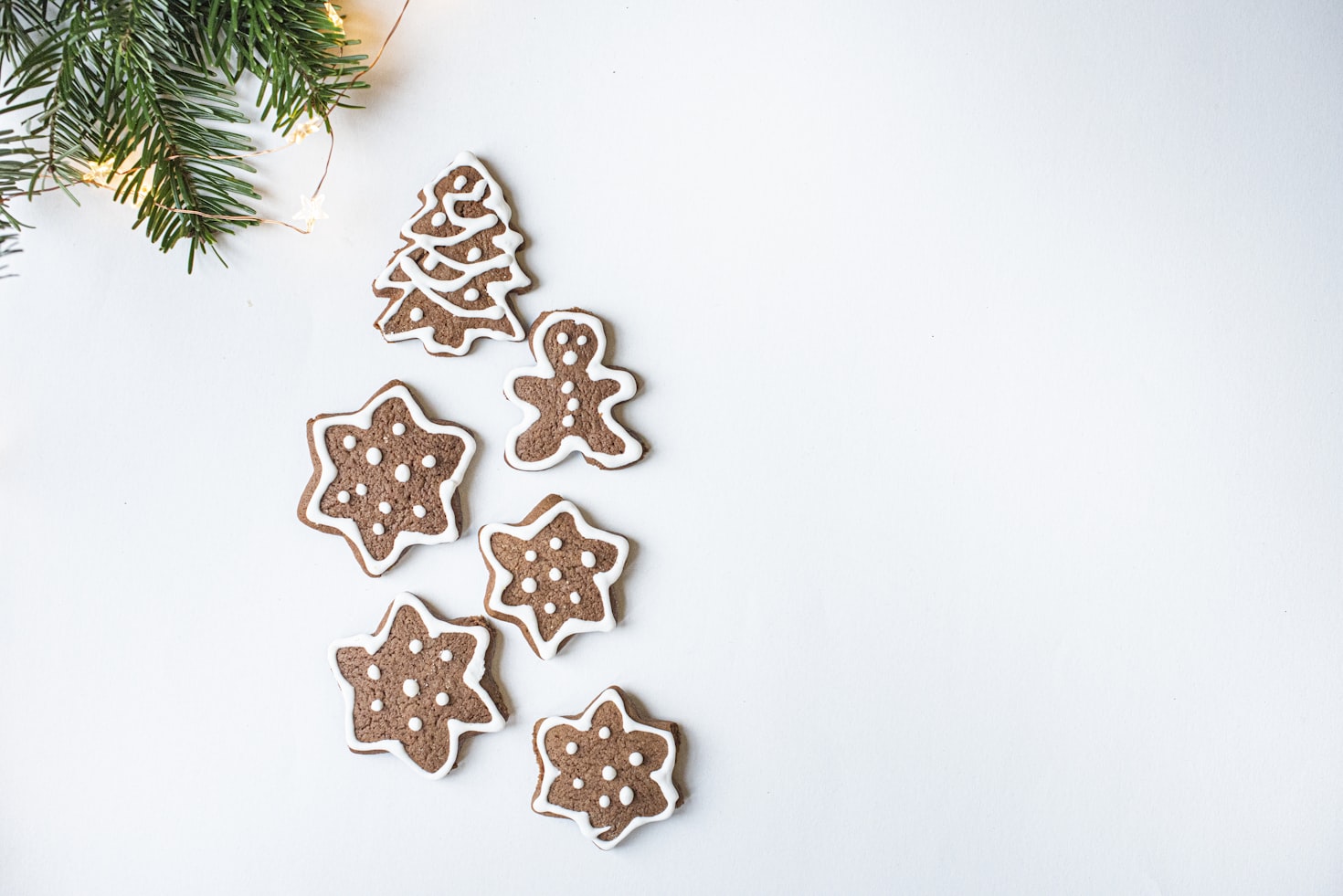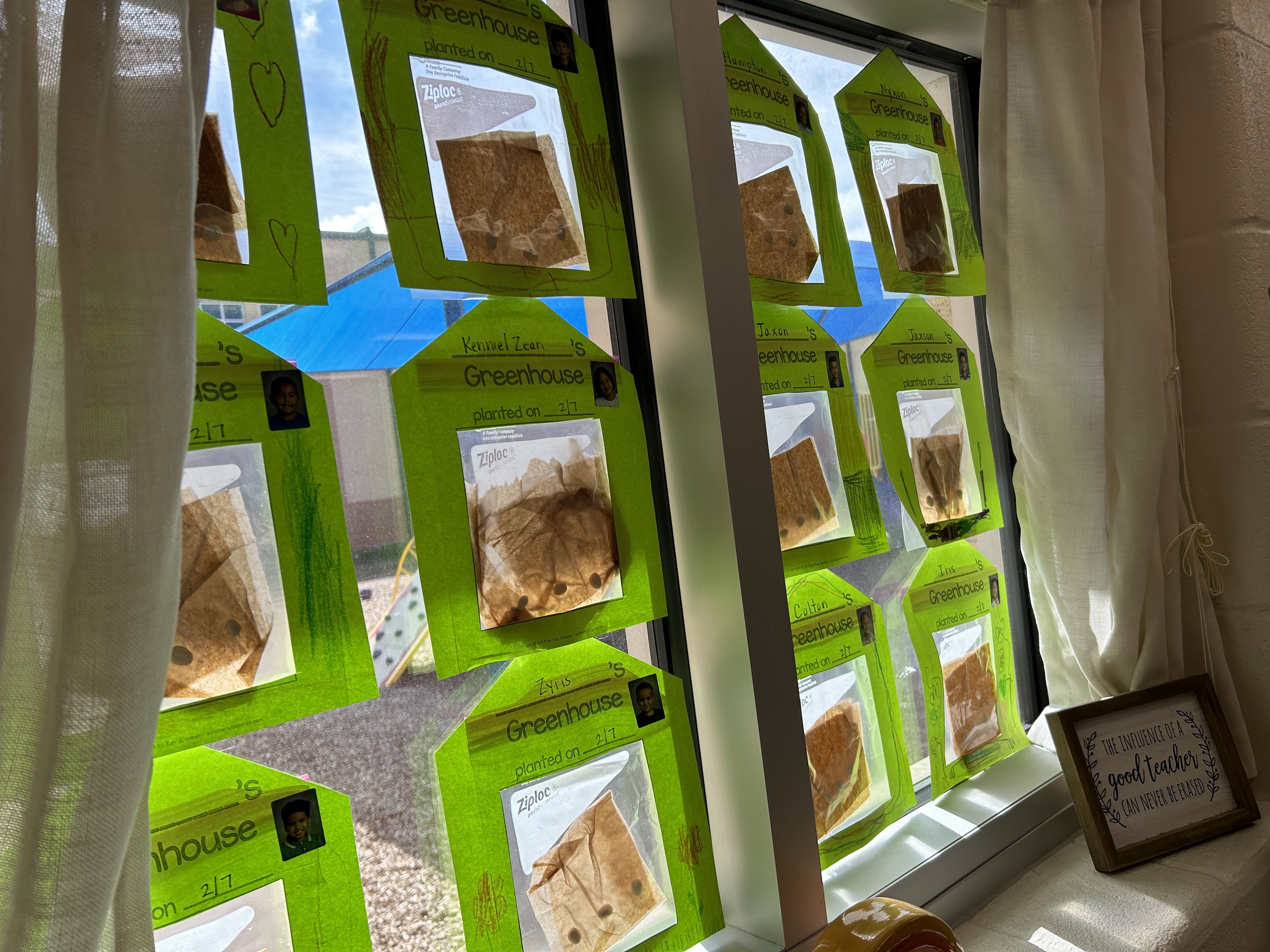July 30, 2024
Boho Minimalist Reading Rotation Cards
Literacy Center Rotation Cards
- Work on Writing
- Library Station
- Word Work
- Write the Room
- Technology Station (great for learning apps)
- Meet with Teacher
- Guided Reading
- Read to Self
- Buddy Reading
- Listen to Reading (can be a listening station or reading apps like Epic Books)
- Book Club (can be for upper grades)
- Creation Station (a craft/art station related to earlier read aloud, seasonal, etc.)
July 29, 2024
Classroom Setup '24
Welcome to my classroom!
This upcoming year I am inheriting a brand new classroom at a new campus, in a new city, and a new (somewhat) grade level. There have been a lot of transitions this last month, but ones that are exciting. After our move from Texas this summer back to San Diego, California, I was excited to be able to get into my classroom early and begin unpacking and setting up.
We all know that inservice week brings time in classrooms, but most of that week is prep, planning, and meetings. So, to have this extra time to build my classroom is a gift.
Arranging Furniture
- meeting area near TV (which is where I plan to have us spend the most time together)
- teacher desk with access to small group table
- student desk arrangement (18 students)
- classroom library
- writing materials area

Small Groups
Future Sound Wall
Classroom Library
- "Cool Kids Read Books" poster
- Amazing Work Coming Soon printable (FREEBIE!)
- Fake Plants
- Everyone Is Welcome border for walls & black book bins
A final note...
June 7, 2024
Goodbye Kindergarten...
...and hello, SECOND GRADE!
...not only that, but our family will be moving once more. This time, back to the sunny west coast in San Diego. It's a bittersweet moment because the last four years have been filled with so many memories. I was pregnant with Olivia - who happened to bring with her arrival a snowstorm that wiped out Texas for a week (snow like this hadn't happened since the 1980s!). She had so many firsts in our home. And speaking of home, we became first-time homeowners here in San Antonio, too! Just looking back makes me realize how much this place provided for our family when we needed it most.
But, like many other times in our life as a family, things shift and change. With that change comes new opportunities...
So, here's a bit of a long post that shares what leading us back to San Diego!
Shifting Feelings in 2024
Leaving the classroom...
What's Meant To Be Will Find a Way
Back to Cali...
Second Grade
May 27, 2024
J is for JEEP Day!
Planning for JEEP Day
JEEP Day
JEEP Duckies

Fun Jeep Read-Alouds
Sheep in a Jeep
My Daddy's Jeep
The Little Jeep Who Couldn't Beep
May 25, 2024
Graduation Directed Drawings
As I prepare for our end-of-year kindergarten graduation, I begin to prep all of the things students will be presenting to their parents on the big day. There's a writing portfolio I assemble using work samples from throughout the year, their monthly self-portraits and name writing, and other fun pieces from the year.
In addition, students create watercolor self-portraits of them in their caps and gowns. This is an activity where I direct them (no YouTube required) and each year they come out so well! I display them in the hallway for a couple of weeks before I laminate them and present them during our class party.
Why Directed Drawings?
BOY Directed Drawings
Graduation Directed Drawings
General Guide:
- Draw a large oval for the face
- Add straight lines for the neck, a curved line connecting the sides of the neck
- Add diagonal lines to shape the shoulders to the end of the page. Add additional lines to make it look like a graduation gown
- Add facial features such as: eyes, nose, mouth, ears, eyebrows etc.
- Draw a triangle shape at the top of the head. This will be part of the cap
- Guide students to drawing a slanted square as the top of the cap. Add an optional tassel to the side
May 20, 2024
End of the Year Reflections
It's almost time to say goodbye to this year's group of kinders! I can't believe how much time has just flown by, but I'm very excited for the summer ahead (and so are they!). So, to get in the summer spirit in these last couple of weeks we spent a moment thinking about what we're most excited for.
I found this cute sunglasses template online and created a quick worksheet. After reading our story (see below), we brainstormed the various things we're excited to do over summer break. Many students thought about the traveling they'd do or simply being able to sleep in. From there, they drew pictures in the frames reflecting those ideas.
I did a quick modeling of how to turn the body template into features of myself. Luckily we've done a ton of self-portraits this year, so students were very familiar with how to do this.
And Then Comes Summer
April 17, 2024
Researching in Kindergarten | Part 2
Welcome to part two! In this post I'm going to share with you how the researching stage of this unit looks like in my classroom. If you haven't already, be sure to check out my last post where I discuss how I introduce the research unit to my class.
For this part of our unit my class will begin their research to answer the following questions:
- what does my animal look like (diagram)
- where does my animal live?
- what does my animal eat?
- what is an interesting fact about my animal?
Diagrams
Student-Made Diagrams
Now, students were ready to explore Epic Books or the books they checked out from the library to hunt for diagrams of their animals. I provided them their publishing paper where they were to copy the diagram from their source and include at least three labels. I was so proud to see them navigating their sources with such ease.
Preparing for misconceptions or confusion...
One aspect of this lesson that I had to make sure students understood was that they were not so much reading to find information, but rather perusing the pictures to find a diagram. I also wanted them to know that not ALL non-fiction books include diagrams. This meant they would have to look through a variety of books to find this text feature. Luckily, they were pros and were able to find some pretty great examples of diagrams to use for their books.
In part three of our research unit, I'll share how students transfer their information from their planning page to their final non-fiction books. This will be a 2-3 day process where students complete a page that answers the questions: what my animal eats, where they live, and their interesting fact.
Feel free to get my full research unit on TpT!
See you then and happy teaching!
April 16, 2024
Introducing Research in Kindergarten | Part 1
- identifying what sources are/their use and logging into those sources
- guiding their research through questions
- recording their findings with a graphic organizer
- sharing their findings with a culminating writing project and poster
Introducing Research
- The purpose of research
- Steps to research
- Facts vs opinions
- Sharing our research with others
Exploring Sources
- Non-Fiction books (checked out from our school library)
- Pebble Go
- Epic Books
Pebble Go
Asking Questions to Guide Research
- What does my animal look like?
- Where does my animal live?
- What does my animal eat?
- What is a fun fact about my animal?
February 28, 2024
Kindergarten Writing Portfolios
I love incorporating a writing portfolio each year because it's one of the easiest ways to track their progress and having these work samples available also makes for great references during writing conferences (or even parent conferences). I remember when a student of mine was so discouraged and didn't think they were writing as well as their peers. But one look at their work and how it's progressed over the year gave them the confidence to keep going. Such a powerful moment!
Storing Portfolios
Monthly Self-Portraits
End-of-the-Year Gift
February 25, 2024
Gingerbread Composing Activity
One of my favorite concepts to teach my kinders in math is composing and decomposing numbers. If you're not familiar with the term, it simply references how numbers are made by combining different quantities. It's foundational number sense that builds over the school year to eventually being able to add and subtract (or join and separate).
What I enjoy about it is that you can see how students begin to make connections and for them to demonstrate how numbers are created. At the beginning of the year, we begin with composing numbers to 5, then to 10, and at the end of the year we jump up to 20. It's very cool to see how this progression allows students to become little number experts and truly understand how numbers represent quantities and that we can manipulate those quantities in different ways.
...but anyways...
One activity I enjoy doing with them around the holidays is this gingerbread composing craftivity!
Gingerbread Composing
Words vs Symbols
I've seen teachers get super creative with this activity by adding foil to the background to make it look like the gingerbreads are baked on a cookie sheet. So cute!
In addition to the gingerbreads, I've also included marshmallows to represent the same concept of composing to 10. Simply choose the activity that best suits your learners.
Sprouting Seeds: Living & Non-Living Science
One of my favorite science units to teach in kindergarten is our unit on Living and Non-Living! We spend a few weeks building our knowledge around what makes an object living or non-living then explore the differences between needs and wants.
What's more, this unit is a wonderful opportunity to expose students to non-fiction texts if they haven't learned about them already. I highly recommend digging through your school's library for some NF texts on living and nonliving things to have students read and explore. Epic Books and Pebble Go are other great virtual resources as well!
Week 1: What is Living/Non-Living
This introductory week allows students to develop a strong understanding of what makes an object living or non-living. They will use key vocabulary to describe objects (tying in their vocabulary from a previous unit on attributes/properties) and sort them based on what makes them living or not.
Week 2: Needs of Living Things: Animals & Plants
This week students build on their understandings and focus on living things as plants and animals. Students begin to identify the certain "needs" of living things and how they require these things to survive. This is a great opportunity to discuss needs vs wants...which ends up being a bonus discussion about accepting no.
I really enjoy using this resource from Kindergarten Creations. It has a lot of great visuals for this unit and for the student work pages, I size my copies down so students can glue their work/thinking into their science journals.
And who doesn't love a good Cookie Monster moment?? This is a fun video to share with students to drive concepts home about the basic needs of living things.
Week 3: Seed Sprouting Lab
In this week our class begins to apply what they've learned to a lab where they sprout a lima bean seed!
This ends up being my favorite week because students get the opportunity to sprout their own seeds and observe the beginning of a plant life cycle! In our class, we use lima beans (nice connection to our read-aloud A Bad Case of Stripes) and place them inside Ziplocs. You can use any type of bean (I've used some pinto beans from my sensory bins before!) as they all begin sprouting relatively quickly. I found this cute greenhouse cover where students write their names and decorate them. Afterward, I tape them up to our window and the watching begins!
It ends up taking a week or so before students can begin to see changes in their seeds. I place 3 inside their greenhouses to give them a greater chance of sprouting something.
Pick up this FREEBIE over at my TpT store so your students can begin sprouting their own seeds in a classroom greenhouse!
Hey there!

















































